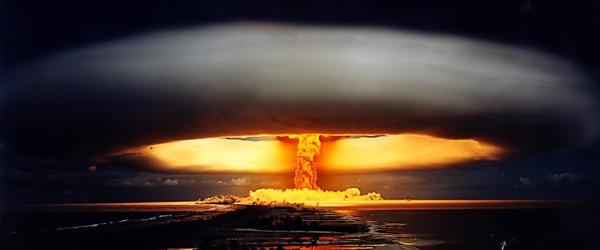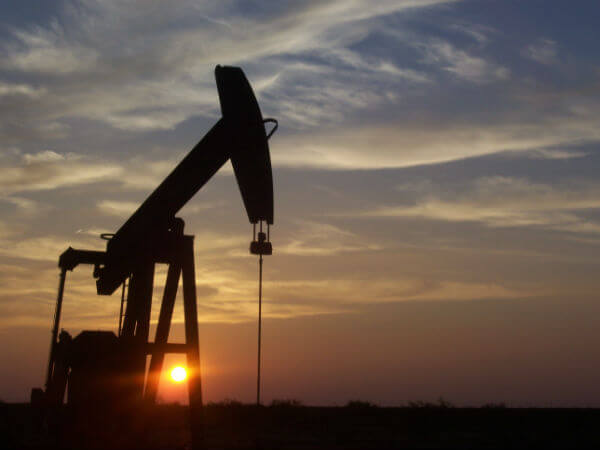On March 11, 2011, following a massive earthquake and a devastating tsunami, the cores of three of the reactors at Japan’s Fukushima nuclear plant melted down with horrific results. Radioactive cesium, with a half-life of 30 years, contaminated almost 12,000 square miles of the country, an area about the size of the state of Connecticut. The government considered 12.5 square miles around the plant so poisoned that its population was evacuated and it was declared a permanent “exclusion” zone. (At Chernobyl in Ukraine, three decades after the other great nuclear disaster of our era, a 1,000 square mile exclusion zone is still in place.) One hundred and twenty thousand evacuees, some from areas outside the exclusion zone, have still not gone home and some undoubtedly never will, despite a vast decontamination program run by the government. (Sixteen to twenty-two million bags of contaminated soil and debris will someday be buried in a vast landfill near the plant, but it may take decades to get them there and that’s only the beginning of the problems to come.) And let’s not forget that, according to a report from the French Institute for Radiological Protection and Nuclear Safety, the ocean waters around Fukushima received “the largest single contribution of radionuclides to the marine environment ever observed.”
To this day, five years later, eerie photos continue to emerge from now eternally deserted towns miles from the plant, thanks to what’s called “dark tourism.” But bad as the Fukushima nuclear disaster was, it might have been so much worse. Japan’s then-prime minister, Naoto Kan, has only recently admitted that he was so worried by the unraveling catastrophe and the swirl of misinformation around it that he almost ordered the evacuation of Tokyo, the capital, and all other areas within 160 miles of the plant. The country, he said, “came within a ‘paper-thin margin’ of a nuclear disaster requiring the evacuation of 50 million people.”
Keep that in mind as you read today’s report from Alison Rose Levy and Ellen Cantarow, who has in recent years covered citizen resistance to the desires of Big Energy for TomDispatch. Since the United States used nuclear weapons on Hiroshima and Nagasaki in August 1945, nuclear power has always had a fearsome aspect. In the 1950s, the administration of President Dwight Eisenhower began promoting “the peaceful atom” in an attempt to take some of the sting out of atomic power’s bad rep. (As part of that project, Eisenhower helped then-ally the Shah of Iran set up a “peaceful” nuclear program, the starting point for Washington’s more modern nuclear conflicts with that country.) Unfortunately, as we’ve been reminded, from Three Mile Island to Chernobyl to Fukushima, there is ultimately a side to nuclear power that couldn’t be less “peaceful,” even in a peacetime setting. As you think about the Indian Point nuclear power plant, the subject of today’s post, and its long history of problems and crises that only seem to be compounding, keep in mind how close Tokyo came to utter catastrophe and then think about the vast New York metropolitan area and what any of us would be able to do other than shelter in place if disaster were someday to strike up the Hudson River. Tom Engelhardt
A Fukushima on the Hudson?
The growing dangers of Indian Point
By Ellen Cantarow and Alison Rose Levy
It was a beautiful spring day and, in the control room of the nuclear reactor, the workers decided to deactivate the security system for a systems test. As they started to do so, however, the floor of the reactor began to tremble. Suddenly, its 1,200-ton cover blasted flames into the air. Tons of radioactive radium and graphite shot 1,000 meters into the sky and began drifting to the ground for miles around the nuclear plant. The first firemen to the rescue brought tons of water that would prove useless when it came to dousing the fires. The workers wore no protective clothing and eight of them would die that night — dozens more in the months to follow.
It was April 26, 1986, and this was just the start of the meltdown at the Chernobyl nuclear power plant in Ukraine, the worst nuclear accident of its kind in history. Chernobyl is ranked as a “level 7 event,” the maximum danger classification on the International Nuclear and Radiological Event Scale. It would spew out more radioactivity than 100 Hiroshima bombs. Of the 350,000 workers involved in cleanup operations, according to the World Health Organization, 240,000 would be exposed to the highest levels of radiation in a 30-mile zone around the plant. It is uncertain exactly how many cancer deaths have resulted since. The International Atomic Energy Agency’s estimate of the expected death toll from Chernobyl was 4,000. A 2006 Greenpeace report challenged that figure, suggesting that 16,000 people had already died due to the accident and predicting another 140,000 deaths in Ukraine and Belarus still to come. A significant increase in thyroid cancers in children, a very rare disease for them, has been charted in the region — nearly 7,000 cases by 2005 in Belarus, Russia, and Ukraine.
Continue reading →






